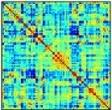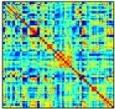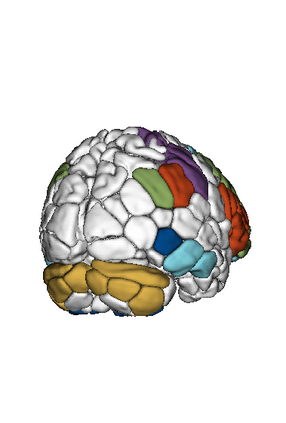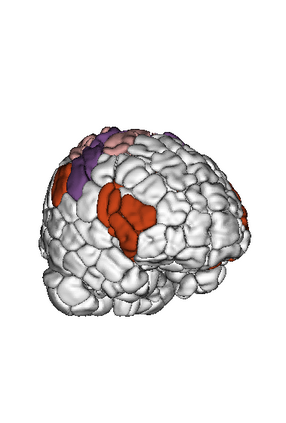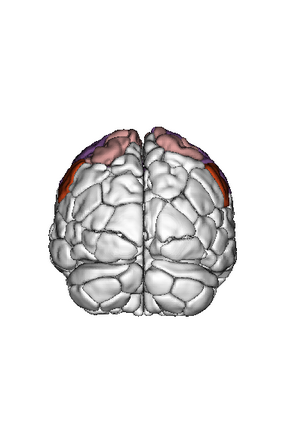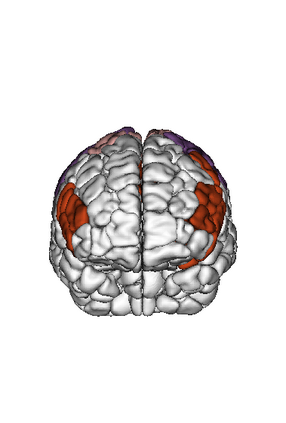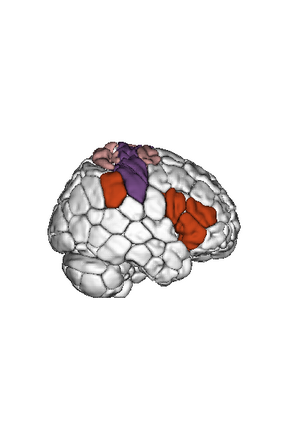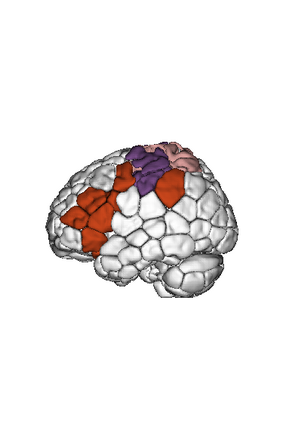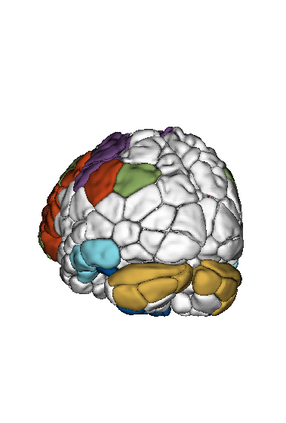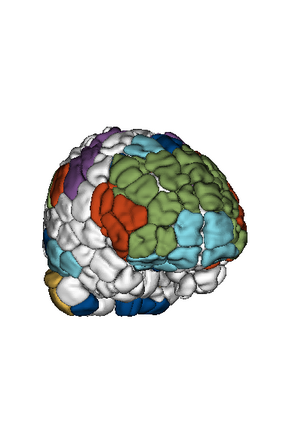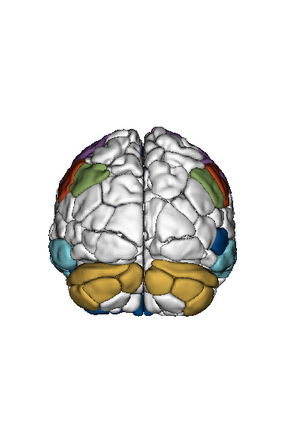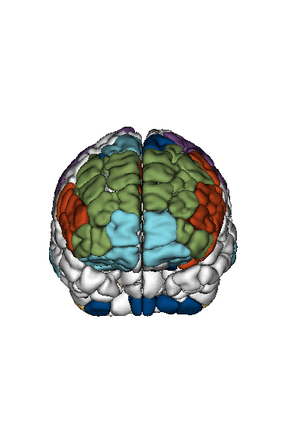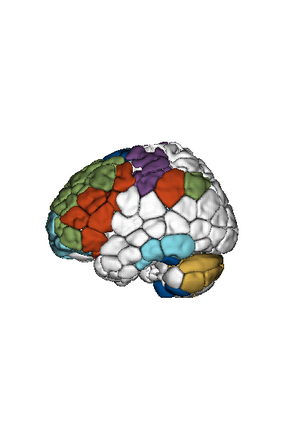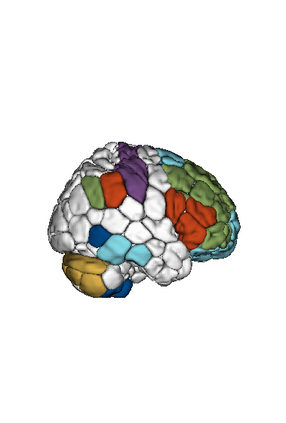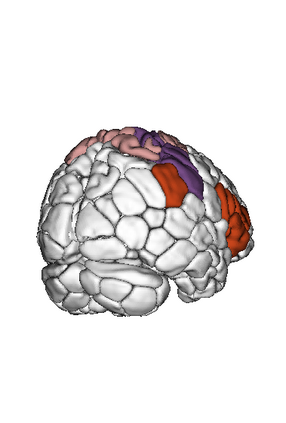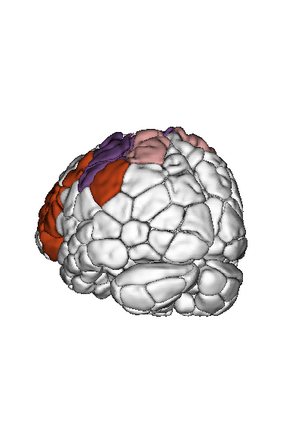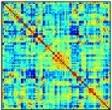Brain functional connectome, the collection of interconnected neural circuits along functional networks, is one of the most cutting edge neuroimaging traits, and has a potential to play a mediating role within the effect pathway between an exposure and an outcome. While existing mediation analytic approaches are capable of providing insight into complex processes, they mainly focus on a univariate mediator or mediator vector, without considering network-variate mediators. To fill the methodological gap and accomplish this exciting and urgent application, in the paper, we propose an integrative mediation analysis under a Bayesian paradigm with networks entailing the mediation effect. To parameterize the network measurements, we introduce individually specified stochastic block models with unknown block allocation, and naturally bridge effect elements through the latent network mediators induced by the connectivity weights across network modules. To enable the identification of truly active mediating components, we simultaneously impose a feature selection across network mediators. We show the superiority of our model in estimating different effect components and selecting active mediating network structures. As a practical illustration of this approach's application to network neuroscience, we characterize the relationship between a therapeutic intervention and opioid abstinence as mediated by brain functional sub-networks.
翻译:脑功能连接, 收集功能网络上相连接的神经电路, 这是最尖端神经成形特征之一, 并有可能在接触和结果之间的效果路径中发挥调解作用。 虽然现有的调解分析方法能够提供对复杂过程的洞察力, 但主要侧重于独一的调解人或调解员矢量, 而不考虑网络差异调解人。 为了填补方法上的空白并完成这一令人兴奋和紧迫的应用, 我们在文件中提议在巴伊西亚模式下进行综合调解分析, 其网络将产生调解效果。 为了对网络测量进行参数化, 我们通过网络模块之间连接权重所引发的潜在网络调解人, 引入了各自指定的、 未知区块分配的随机区块模型, 以及自然的连接效应要素。 为了能够识别真正活跃的调解组件, 我们同时在网络调解人中设置了特征选择。 我们展示了模型在估算不同效果组成部分和选择活跃的媒体网络结构方面的优势。 作为这一方法在网络神经科学中的应用的一个实用示例, 我们将治疗干预和类固醇之间的关系描述为大脑功能子网络的介质。

